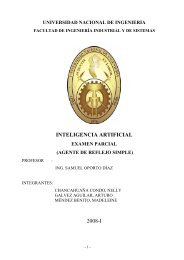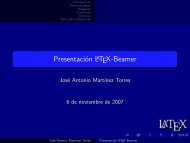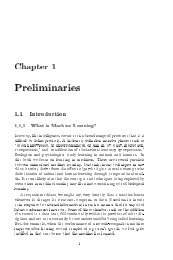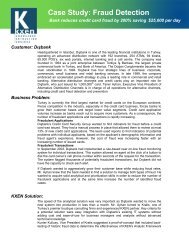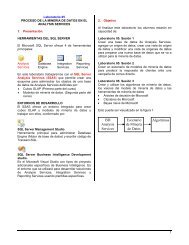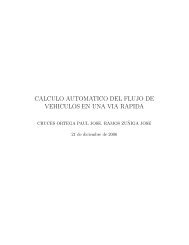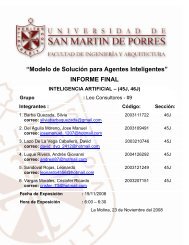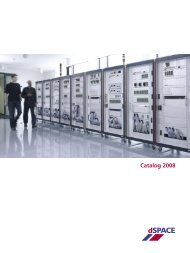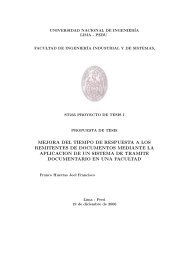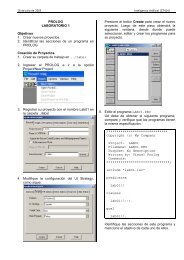2 Credit Card Fraud Detection using Hidden Markov ... - Wiphala.net
2 Credit Card Fraud Detection using Hidden Markov ... - Wiphala.net
2 Credit Card Fraud Detection using Hidden Markov ... - Wiphala.net
Create successful ePaper yourself
Turn your PDF publications into a flip-book with our unique Google optimized e-Paper software.
This article has been accepted for publication in a future issue of this journal, but has not been fully edited. Content may change prior to final publication.IEEE TRANSACTIONS ON DEPEDABLE AND SECURE COMPUTINGprice ranges can be determined dynamically by applying a clustering algorithm on the values ofeach cardholder's transactions as shown in the next sub-section. We use V k , k =1, 2,....M torepresent both the observation symbol as well as the corresponding price range.In this work, we consider only three price ranges, namely, low (l), medium (m) and high(h). Our set of observation symbols is, therefore, V = {l, m, h} making M = 3. For example, let l= (0, $100], m = ($100, $500] and h = ($500, credit card limit]. If a cardholder performs atransaction of $190, then the corresponding observation symbol is m.A credit cardholder makes different kinds of purchases of different amounts over a periodof time. One possibility is to consider the sequence of transaction amounts and look fordeviations in them. However, the sequence of types of purchase is more stable compared to thesequence of transaction amounts. The reason is that, a cardholder makes purchases depending onhis need for procuring different types of items over a period of time. This, in turn, generates asequence of transaction amounts. Each individual transaction amount usually depends on thecorresponding type of purchase. Hence, we consider the transition in the type of purchase as statetransition in our model. The type of each purchase is linked to the line of business of thecorresponding merchant. This information about the merchant’s line of business is not known tothe issuing bank running the FDS. Thus, the type of purchase of the cardholder is hidden fromthe FDS. The set of all possible types of purchase and equivalently, the set of all possible lines ofbusiness of merchants forms the set of hidden states of the HMM. It should be noted at this stagethat the line of business of the merchant is known to the acquiring bank, since this information isfurnished at the time of registration of a merchant. Also, some merchants may be dealing invarious types of commodities (For example, Wal Mart, K-Mart or Target sells tens of thousandsof different items). Such types of line of business are considered as Miscellaneous and we do not11



